In 1895, a young entrepreneur named Luigi Lavazza opened a small grocer’s shop in Turin, Italy, selling dry goods and consumables. He soon found his coffee, roasted on site, to be the best-seller with the fine attention to detail and the Italian craftsmanship quickly finding its niche. Over 120 years later and the Lavazza brand it still the name for quality and prestige in coffee and had grown into a symbol of Italian excellence.

Excellence
Synonymous with quality and excellence for more than 120 years, Lavazza will continue this pursuit of innovation and discovery. Focused on sustainability with their various projects, Lavazza is striving for a future paved in consequence and grounded in tradition.
story behind the calender
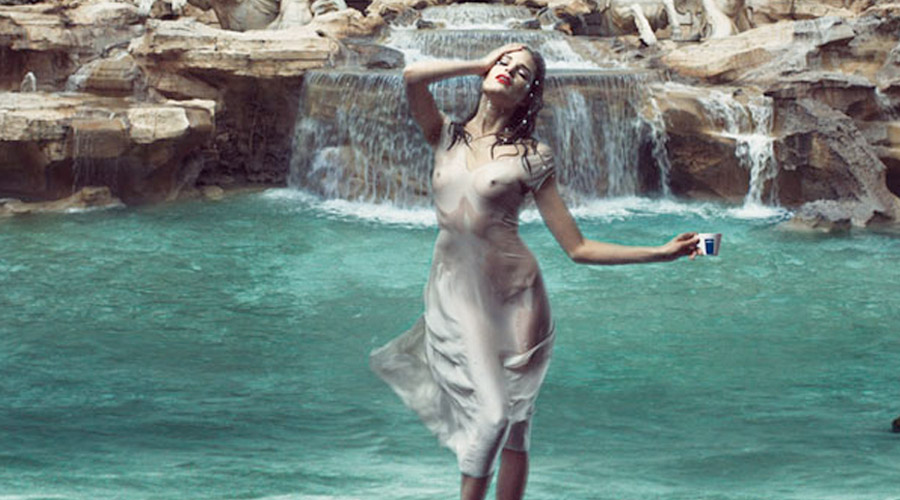
Turin based coffee manufacturers, Lavazza, further the snobbery of preferences that Italians attach to their coffee- with roasted espresso shots which lend a mild, bittersweet head rush, and creme cappuccinos and macchiatos that infuse cocoa and milk to create a froth that's loved universally.
Founded in 1895, the family-run estate imports the finest beans from the caffeine hotbeds in South America and Africa. It claims to be the choice of 16 out of 20 million families in Italy and is branded globally as 'Italy's favourite coffee'.
In 1992, Marketing Director Francesca Lavazza, by virtue of her last name and creative imagination, decided to use the exciting world of photography to convey a narrative of coffee and the contemporary culture it evokes; the Lavazza calendar was born.
The first two editions featured the aesthetic brilliance of Helmut Newton, the German-Australian, whose photographs formed the flamboyant centrespreads of Vogue and Playboy in the 60s and 70s.
He charged up the colourless frames with provocative yet poignant stills of women, including India's hot export Padma Lakshmi, sipping and spilling coffee in cafes across Paris and Monte Carlo.
Then, in 1995, Ellen von Unwerth spilt her imagery over supermodel, and now France's first lady Carla Bruni, and gave coffee a wicked and perhaps much needed makeover Bruni was filmed with espresso cups, even champagne and cigarettes in the same frame.
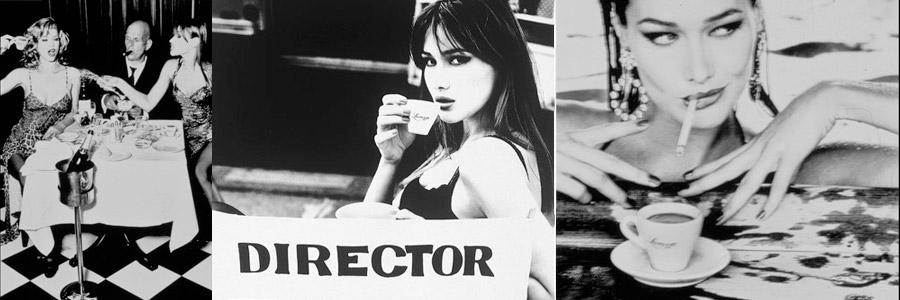
Just when feminine eroticism seemed to have become a predictable characteristic of the calendar, the year 1999 surprised with its cultural undertones. It was then that specialists in people photography like Steve McCurry, credited for the famous National Geographic Afghan Girl cover, were called on.
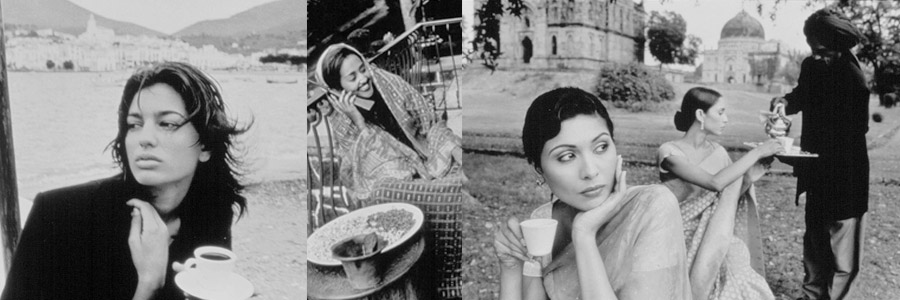
This year the calendar focussed on coffee cultures in countries like India, Turkey, Ethiopia, Russia and America. In 2002 the calendar went all colour when fashion photographer David LaChapelle, noted for his surreal work, peppered the spreads with shades of neon pink and blue pop art..
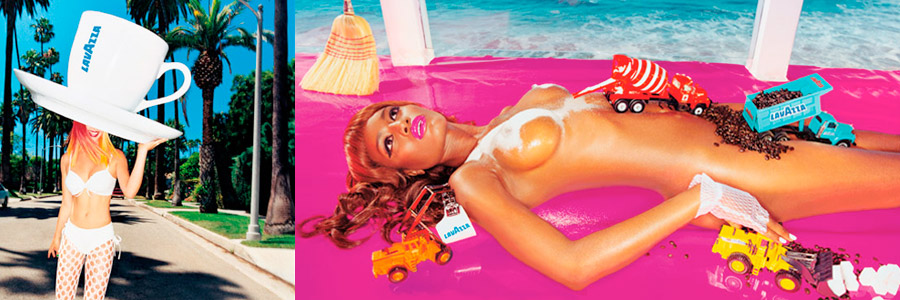
It's been a legendary journey for the brand and the calendar, as both evolved through two tentative decades. This year, to mark the celebrations of the calendar's 20th anniversary, Lavazza has chosen Dutch model Valerie van der Graff, also 20, as the cover girl. With her curls and curves creating a riot, she sits sexy in a sensual outfit, and blows out candles on the anniversary cake.
She is everything the brand wants to be today; vivacious, playful, energetic and extremely sexy. This eye-catching and rather pretentious cover gives way to an assortment of photographs that interpret coffee in different mind fields through self portraits by 12 ace photographers. Shot in the world's best studios, the images are edited and designed using cutting edge technology, enhancing the potential of their expression..
Erwin Olaf, whose works are a part of permanent collections in art museums such as Amsterdam's Stedelijik, is seen sipping his coffee over deep thought. On his mind is his inspiration- the human body-which, abstractly enough, takes the shape of tree barks behind him. The co-founder of fashion magazine French Ruvue de Modes, Thierry Le Goues, loves his coffee and women, black. He is seen holding his espresso while focussing his lens on his leggy muse. His bold sense of photography comes through in the imposing silhouette of his subject's curves. Transporting you to Spain's golden age, Eugenio Recuenco, winner of the Golden Lion at Cannes, mimics the knight Don Quijote. Perched atop his skinny horse Rocinante in an essentially medieval age set up, he holds on to his Lavazza and suggests the historic encounter of two cultures, Spanish and Italian. In another larger than life image, David LaChapelle, a pupil of Andy Worhol's, is shown waking up to his coffee amidst a dense forest..
Somewhere between the suns's bright yellow and nature's unspoilt green, lies his paradise. Sometimes eclectic and psychedelic, at others simple and satirical, circa 2012 couldn't be interpreted in more ingenious ways.
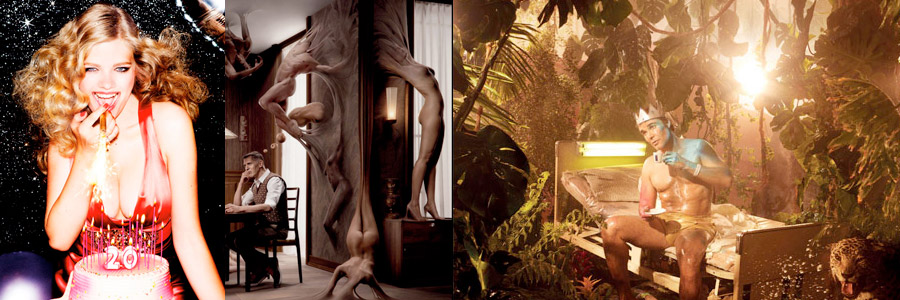
Just as coffee marks the beginning of most things in life, be it meetings that turn into businesses or acquaintances that become life long relationships, the Lavazza calendar traces and reminds you of the brand's lineage and takes coffee out of the Parisian or Milanese cafe, to your imagination, heart and home


